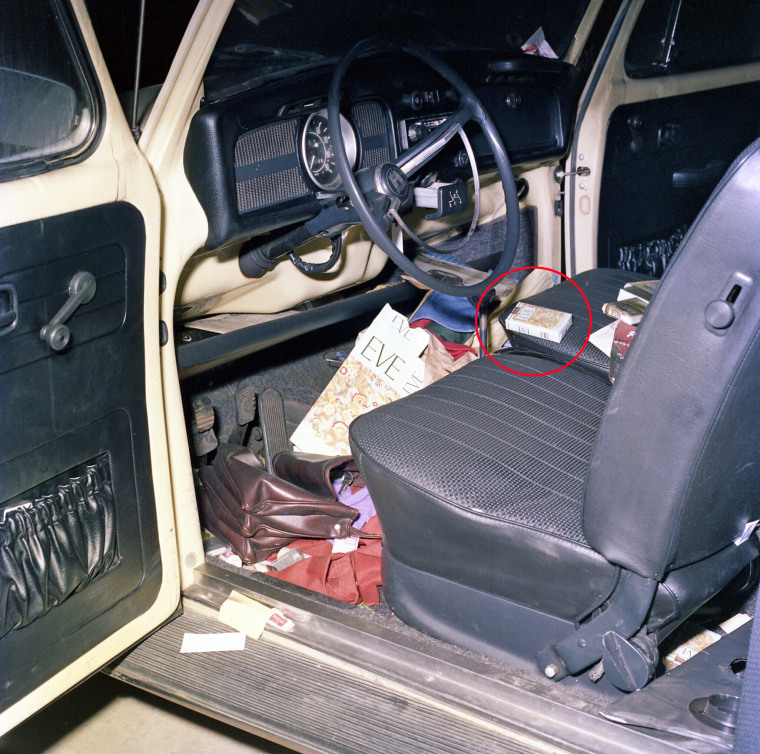An Ohio man has been charged in the decades-old murder of a California woman after authorities linked him to a fingerprint found on a cigarette pack in the victim’s Volkswagen Beetle, officials said.
The print belonged to Willie Eugene Sims, 69, and it was discovered in the car of Jeanette Ralston, 24, Santa Clara County Deputy District Attorney Rob Baker said Tuesday in a news release.
Ralston appeared to have been strangled and sexually assaulted when her body was found wedged into the VW’s back seat on Feb. 1, 1977, near a bar in San Jose, Baker said.

DNA found on Ralston’s fingernails and on the alleged murder weapon — a shirt used to strangle her — was later found to match Sims, Baker said.
Sims is scheduled to be arraigned Thursday in San Jose on one count of murder, Baker said in an email. It was not immediately clear if he has a lawyer to speak on his behalf.
He faces a maximum prison sentence of 25 years to life in prison.
Baker said investigators had previously sought to identify the print through an FBI database. But those efforts had proved futile, he said.
Then, last year, Baker said his office “threw a Hail Mary” and ran the print again after the FBI updated the search algorithm in the fingerprint database. The effort was successful, he said, and produced a “hit” for Sims, who was living in Ashtabula County, northeast of Cleveland.

Baker told NBC Bay Area that Ralston’s son, who was 6 when his mother was killed, told him that he was thankful for Sims’ arrest.
“His birthday is coming up,” Baker said. “He said this was such a great birthday present.”
Ralston was found dead after her friends told authorities she left the bar with an unknown man just before midnight on Jan. 31, 1977, Baker said. Her VW was found the next day in the carport area of an apartment complex near the bar.
Her killer had tried to burn the vehicle but failed, Baker said.
At the time, Sims was a private assigned to what was then an Army base in Monterey County, south of San Francisco, Baker said.
In 1978, he was convicted of assault with intent to commit murder and robbery in a Monterey County, California, case that involved another woman, court documents show. Sims was sentenced to four years in prison.
Sims left California long before DNA became an essential forensic tool for law enforcement, Baker said, and although his prints were in the FBI’s database, it was not until last August when Baker was notified of Sims’ identity.
“Forensic genealogy gets all the attention these days,” Baker said. “But a retired cold case prosecutor from the San Diego DA’s Office told me years ago to never underestimate latent print search since the FBI upgraded the algorithm.”
Baker also said they relied on a powerful new forensic tool known as STRmix to help develop DNA profiles from crime scene evidence.
The tool uses statistical modeling to analyze tiny and complex mixtures of genetic material that likely would have been considered unusable a decade ago.

Leave a Reply